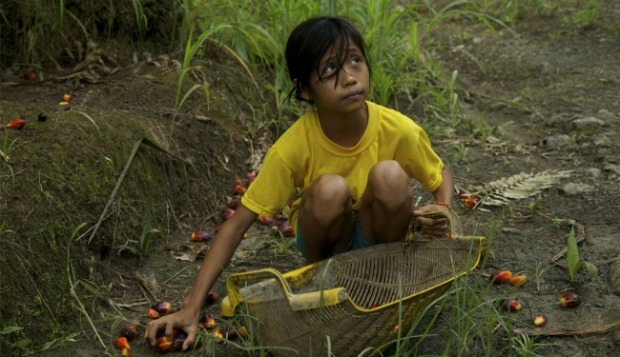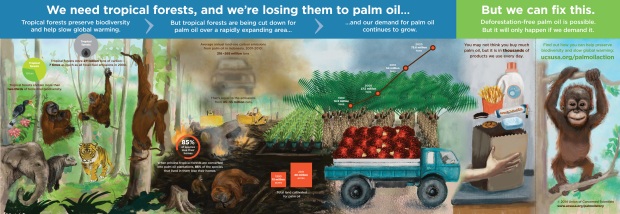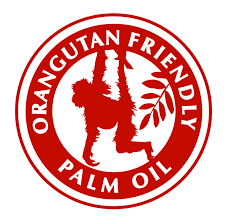There are serious and far-reaching environmental problems caused by palm oil plantations in South-East Asia. The most serious issues include the loss of habitat and biodiversity, climate change, animal cruelty, and health effects on local human populations.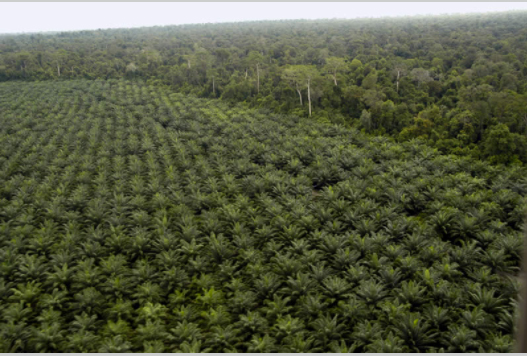
Habitat Loss
Tropical forest contains over 80 species that are only found in Indonesia and Malaysia, some of the world’s most unique endangered wildlife such as the orangutan, pygmy elephant and Sumatran tiger. Due to deforestation, many species are being pushed to extinction. Tropical forests are being cleared to make way for Palm Oil plantations. Three hundred football fields of forest are being cleared every hour. This has resulted in over 3.5 million hectares of Indonesian and Malaysian forest being destroyed in the last 20 years to make way for palm oil. (4)
Loss of Biodiversity
There is a large variety of plants and animals in South-East Asia creating biodiversity. This is considered to be important because each organism in the ecosystem does something to keep the balance of the ecosystem. Indonesia’s tropical forests represent some of the most diverse habitats on the planet. Many plant species are decreasing and animals are being pushed into the remaining forests. In Malaysia 80 mammal species are found in undisturbed forest (7). In disturbed forests only 30 mammal species are found (7). In Palm Oil plantations however there are only 11 or 12 mammals, mainly rats that are scavengers and will eat anything if they have to (7). By decreasing the number of soil microorganisms, all other organisms such as insects, birds, reptiles and mammals are affected. Palm Oil plantations have half the insects that are in undisturbed forests. This means that the whole food web is affected.
Changes in animal diversity
The loss of insects as primary consumers has a big effect of the other consumers. For example insects help recycle nutrients and are a food source for other species. This impacts on larger predators in the ecosystem as they become vulnerable. Other animals are also injured, killed, found, sold as pets or used in medicine. These include Sun Bears, Clouded Leopards, Proboscis monkeys, Hog deer, and Sambar deer.
Impact on climate change
Climate change is being further impacted due to burning the rain forest to get rid of the trees, which releases carbon into the atmosphere. The consequence of this is that there are higher global temperatures. Peat soil fires are very hard to put out, and may last weeks. In addition villagers are left living near peat soil that burns easily and often catches on fire. This contributes further to global warming, as well as causing health issues. Fire outbreaks add to decades of existing deforestation by palm oil, timber and other agribusiness operators, further endangering species such as the orangutan.
Animal cruelty
Animal cruelty has become more frequent since the palm oil plantations have destroyed habitats. This means that lots of animals such as Sun bears, Orangutan, exotic birds and exotic reptiles have to suffer. Orangutans are either killed when the workers make way for plantations, when they wander into a palm oil plantation hungry looking for food to eat, or in the illegal pet trade after they’ve been captured and kept as pets in extremely poor conditions. They are normally provided with extremely poor nutrition and are weak or frail and can barely move. Orangutans are considered as pests by the palm oil industry. In the deforestation process, workers are told that if wildlife gets in the way, they are to do whatever is necessary in order to dispose of them, no matter how inhumane. Often orangutans are run over by logging machinery, beaten to death, buried alive or set on fire… all in the name of palm oil. Roads are constructed for the plantation workers which exposes the forest to poachers and animal smugglers who can capture the exotic wildlife. These animals are often sold on the illegal pet trade market, used in the entertainment business, slaughtered in order to make medicines, killed for their fur, skin or ivory, or in the case of Sun bears, put in small cages and milked for their bile.



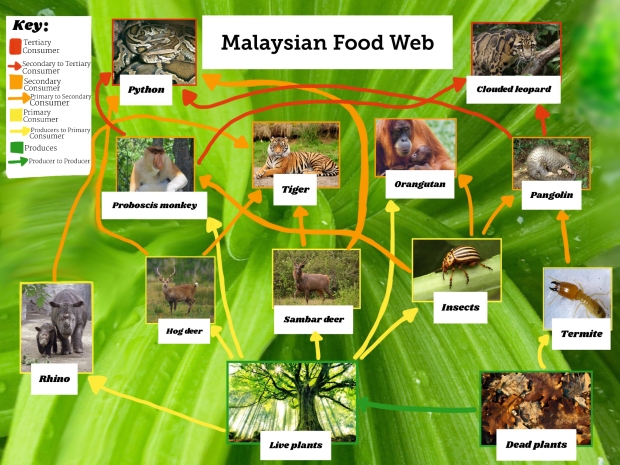
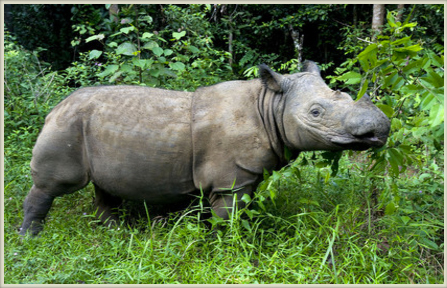



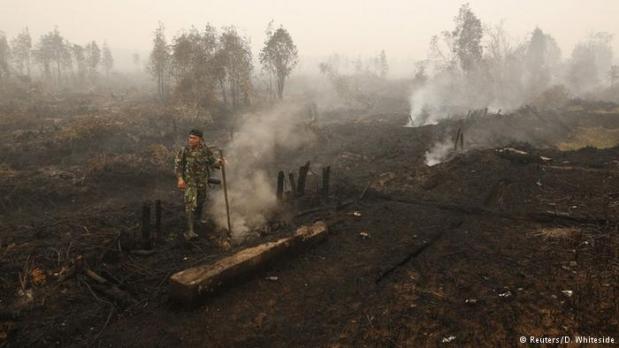
 The government takes the land from the people to grow palm oil plantations. The local people lose their culture because the government takes away their land. This gives the government money and they don’t pay the people much money.
The government takes the land from the people to grow palm oil plantations. The local people lose their culture because the government takes away their land. This gives the government money and they don’t pay the people much money.